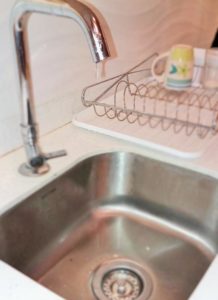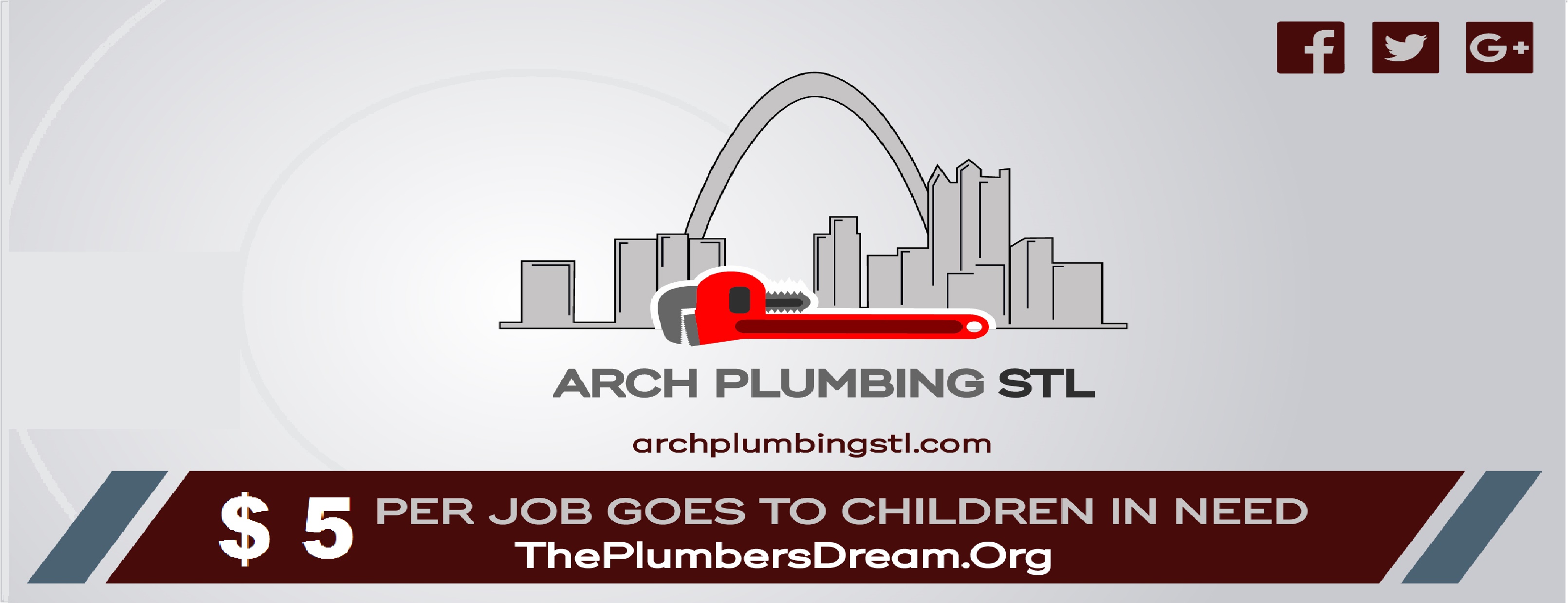
Low water pressure can affect many areas of your home. If you notice that you have low water pressure only in your shower head, you should check for any blockage in the head. There also might be a water conservation filter installed. But there could be a number of factors affecting your water pressure. It is important to figure out what is causing it and how best to solve the problem. Here are some typical problems that can give you low water pressure:
Mineral Deposits
Galvanized iron pipes were used in older homes and mineral deposits and build-up can’t be avoided over time. Hot water and horizontal pipes also speed up this process. The best way to get rid of mineral deposits is to hire a qualified plumber. They will be able to give you their expert opinion on the extent of any repairs that need to be made.
Home Valves
There are two main valves in your home that should always remain turned on. Sometimes these valves can be accidentally turned off either partially or completely. The customer valve is located in the meter box. The home valve is usually near the exterior water hose faucet at the front of the residence. Over time, if these valves are even slightly turned off, they can decrease water flow.
Peak Periods of Water Use
Most people use water at the same times throughout the day. If you notice low water pressure in your home, it could be the result of all your neighbors using the shower at the same time each morning. Or maybe they are all watering their lawns in the evenings. Whatever the case may be, you might consider altering your water use schedule slightly to increase water flow.
Elevation
When water is in a confined space, it transfers pressure horizontally. This means that the water in the pipes has the same pressure as it would if the pipe were vertical (even if the pipe is not). Water shortage storage tanks are usually always located higher than homes so that water can flow by gravity.
Pressure Regulators
The water pressure regulator is shaped like a bell and is usually located below the front hose connection of your home. In most cases, the manufacturer of these pressure regulators presets them at 45 – 60 psi and there is no need to adjust them. But if a pressure regulator goes bad or needs to be replaced, this can lead to low water pressure. It is important to call a licensed plumber to do this job. They can fix it or replace it at a reasonable cost.
Water Leaks
If your pipes have any damage to them that results in a leak, this will give you low water pressure. But how do you determine if you have a leak or not? The key is to read the meter, not your water bill. Shut off all the water taps inside and outside your home. Read the meter after you do this. Wait for two hours and then check the meter again. If the water usage has increased, you most likely have a leak and will need to contact a reliable plumber right away.
Bottom Line
When your water pressure is low, there are simple things you can check yourself. However, if the issue is a bigger one such as a blockage or a leak, it is best to consult a professional plumber.
Arch Plumbing is located in St Charles, Missouri and has been in the service business since 2008 providing quality plumbing services.



Recent Comments